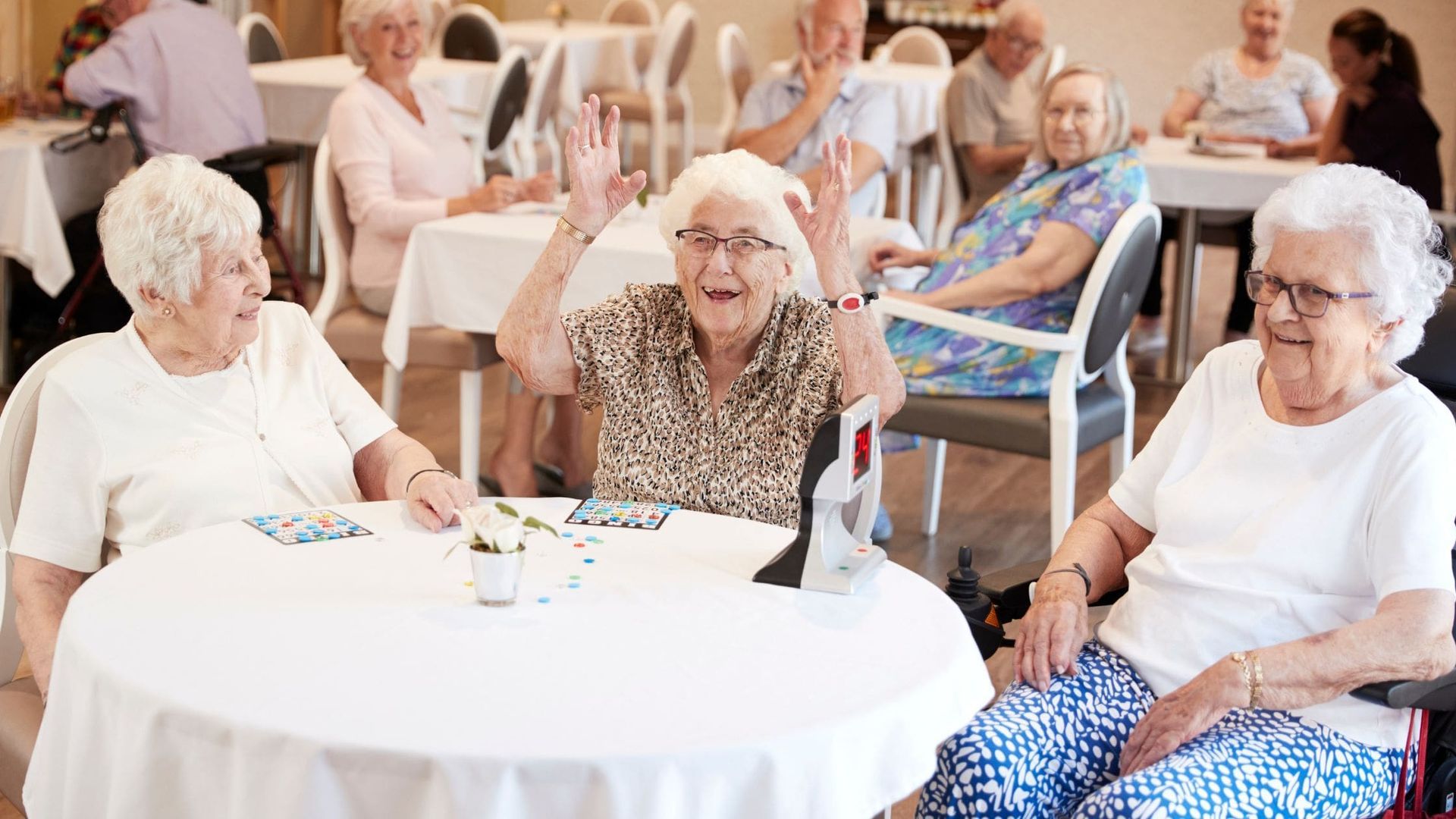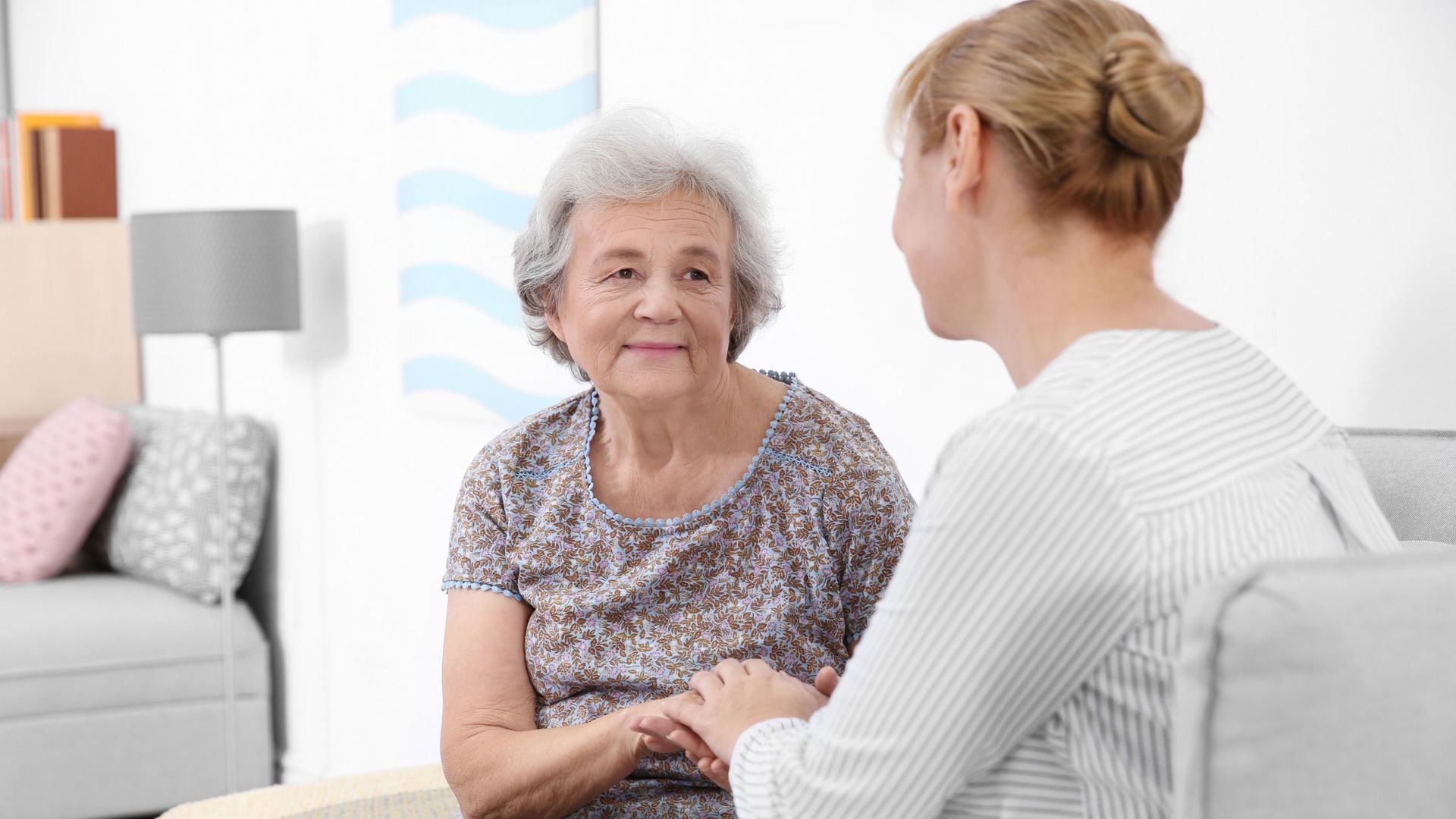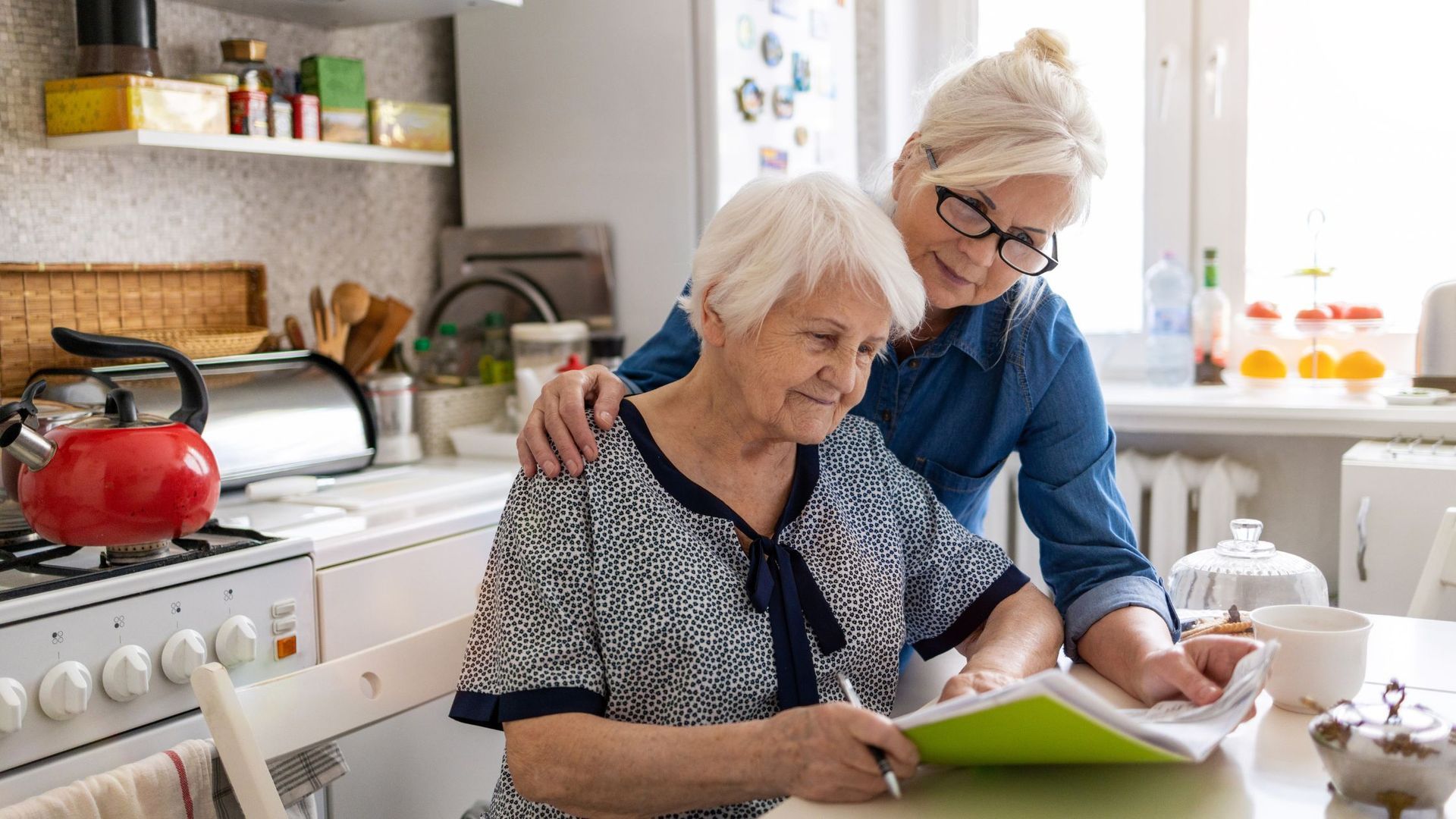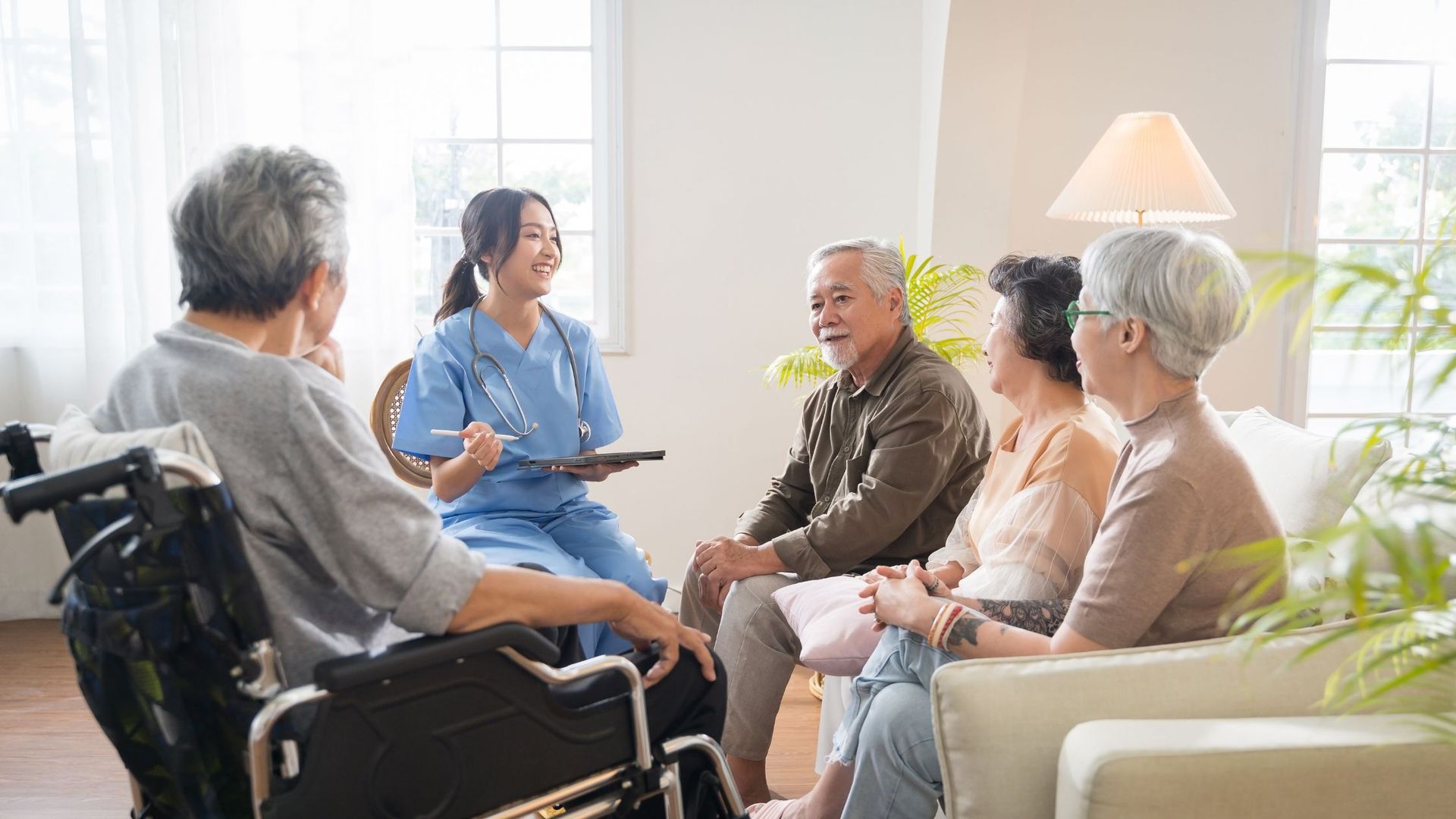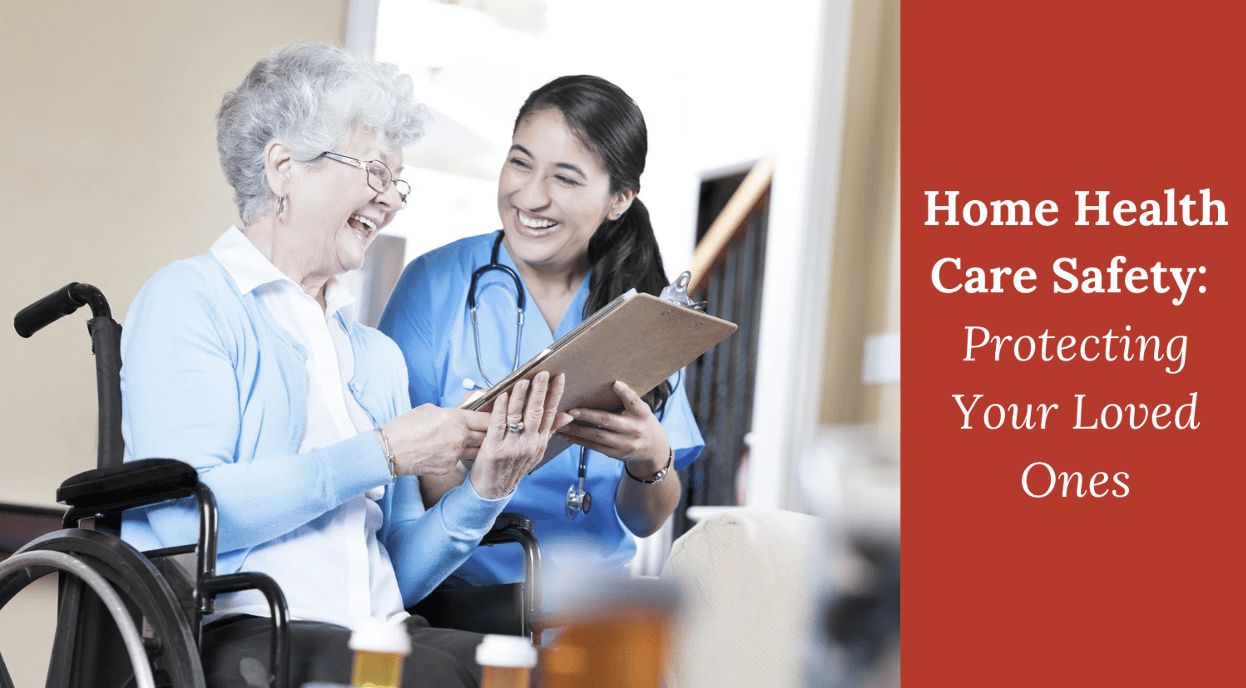Fall Prevention for Seniors at Home: Simple Solutions for Safety
Falls are one of the top causes of hospitalization among older adults—second only to cardiovascular issues. And for many seniors, just one fall can lead to a lasting loss of mobility, independence, and overall well-being.
When it comes to your loved one, it's critical to approach fall prevention for seniors proactively—especially for those choosing to age at home.
Here are some proven strategies and practical steps you can take to help reduce risk and keep seniors safe in their own environments.
1. Start with a Home Safety Assessment
One of the most effective ways to prevent falls is by evaluating the home environment for potential hazards. A detailed walk-through can reveal simple but important improvements, such as:
- Clearing clutter from walkways
- Removing loose rugs or securing edges to prevent tripping
- Ensuring hallways and rooms are well-lit
- Installing grab bars in bathrooms and near stairs
- Securing electrical cords and placing non-slip mats in the kitchen and bathroom
Even small updates—like adding nightlights or adjusting furniture layout—can go a long way in making a home safer and more accessible for aging adults.
2. Promote Mobility and Physical Activity
As we age, it’s natural for muscle strength, balance, and coordination to decline—but regular movement can help maintain or even improve these essential functions.
Encourage seniors to stay active through:
- Gentle strength training, balance exercises, or chair yoga
- Physical therapy, especially after a fall or when mobility concerns arise
- Proper use of mobility aids like canes or walkers, when recommended
Even short daily walks can boost confidence, enhance stability, and significantly lower the risk of falls.
3. Regularly Review Medications
Certain medications—or interactions between them—can lead to dizziness, drowsiness, or sudden drops in blood pressure, all of which increase fall risk.
Work closely with healthcare providers and pharmacists to:
- Review medication lists on a routine basis
- Adjust dosages or discontinue medications known to raise fall risk
- Learn about about possible side effects
Medication reviews are especially important after hospital stays or changes in treatment plans, when new prescriptions are often introduced.
4. Don’t Overlook Vision and Hearing
Sensory changes are frequently underestimated when it comes to fall risk. Impaired vision can make it difficult to detect obstacles, while hearing loss can affect spatial awareness and balance.
Encourage regular:
- Eye exams to update prescriptions and identify conditions like cataracts or glaucoma
- Hearing evaluations to determine if hearing aids or other interventions are needed
Improving sensory input not only boosts safety but also helps seniors move through their environment with greater confidence and ease.
5. Promote Safe Footwear and Proper Use of Assistive Devices
Footwear and mobility aids play a vital role in maintaining stability and preventing falls. Ill-fitting shoes or walking barefoot can greatly increase fall risk.
Encourage seniors to:
- Wear well-fitting, non-slip shoes both indoors and outside
- Avoid walking in socks or going barefoot, especially on smooth floors
- Use canes, walkers, or other assistive devices as recommended—and ensure they’re correctly fitted and in good condition
6. Cultivate a Fall Prevention Mindset
Awareness is one of the most effective tools in reducing fall risk. By empowering your loved one and family members with the right knowledge, you can promote safety and proactive care.
Support fall prevention by:
- Learning about common risks and early warning signs
- Encouraging open dialogue around near-falls or concerns about balance
Creating an environment where fall prevention is top of mind helps everyone stay more alert, prepared, and confident.
How We Help Families With Fall Prevention for Seniors at Home
At No Place Like Home Senior Services, we understand how overwhelming it can be to worry about your loved one’s safety—especially when they want to remain in the comfort of their own home. That’s why fall prevention is a top priority in the care we provide.
As part of our home safety assessment services, a qualified nurse will walk through your loved one’s home and review their environment and full medical history to offer personalized, practical recommendations that reduce fall risk.
From small home modifications to medication reviews, we help you create a safer environment tailored to your loved one’s needs. We’ll support you every step of the way—so your loved one can stay safe, confident, and independent in the comfort of their own home.
.
Please contact Irene with No Place Like Home Senior Services at 919-762-0035.
